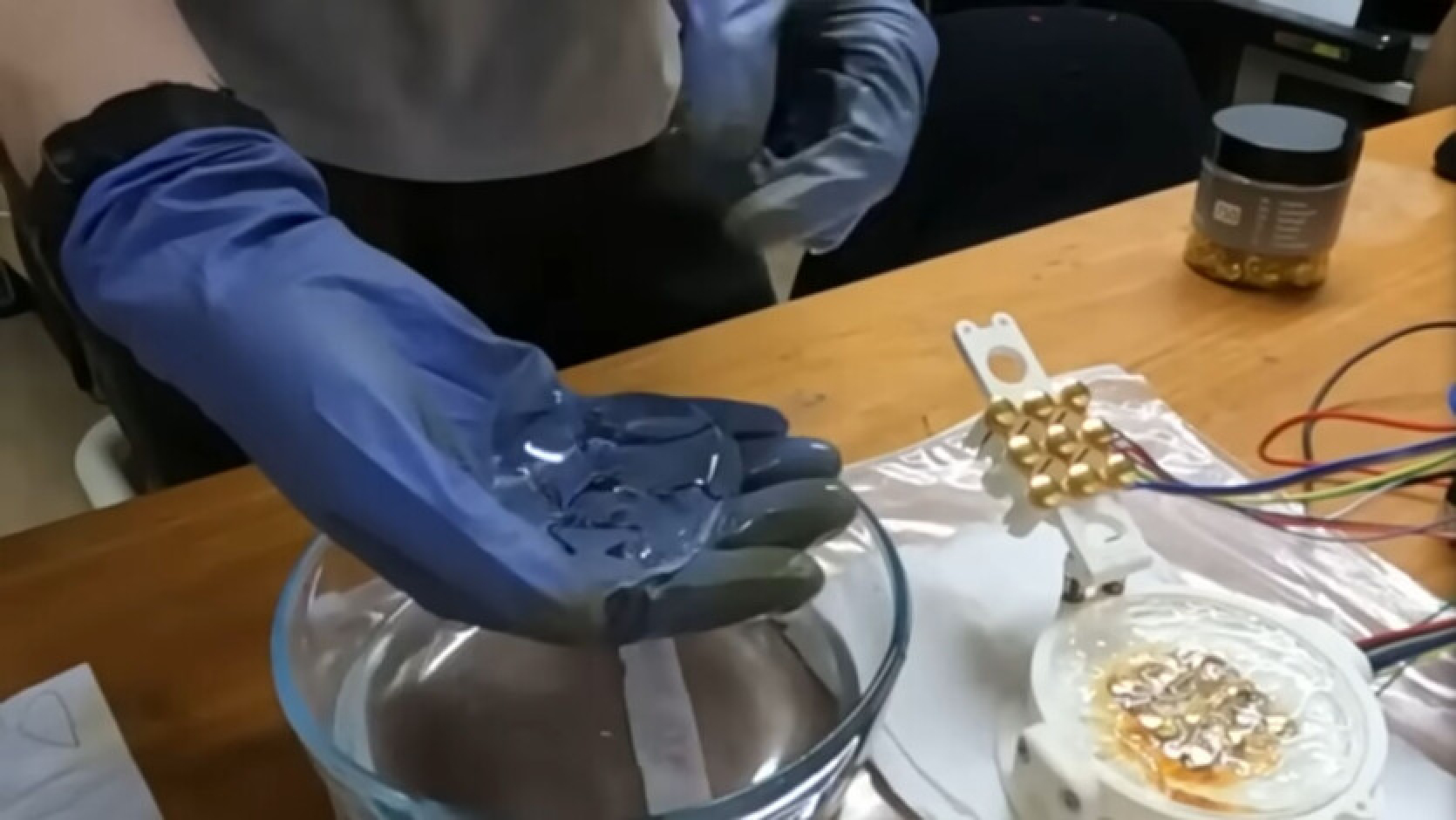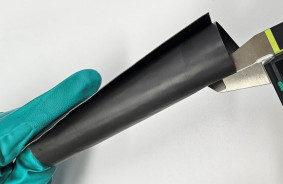Researchers from the University of Reading have successfully showcased a limited form of "learning" behavior in a simple hydrogel made from electroactive polymer (EAP) combined with an array of electrodes. This was demonstrated using an EAP gel control system that played an adapted version of the classic video game Pong. Furthermore, it appeared that the EAP gel control system, or the "brain," reached its peak Pong-playing ability after about 20 minutes.
Although the EAP gel control system does not resemble conscious life in any way, it still exhibits an inherent ability that the material was not originally designed for.
Engineer Vincent Strong from the University of Reading elaborates:
“The rate at which the hydrogel swells takes significantly longer than the time required for its initial swelling, meaning that subsequent ion movement relies on its previous movements, which is akin to a continual rearrangement of ions in the hydrogel based on earlier rearrangements that persist from the moment it was created with a uniform ion distribution.”
Essentially, this proves that EAP hydrogels hold much greater potential than their current typical applications. As biomedical engineer Yosikatsu Hayashi from the University of Reading explains, “Our research demonstrates that even very simple materials can exhibit complex, adaptive behavior typically associated with living systems or sophisticated AI. This opens up exciting possibilities for the development of new types of smart materials that can learn and adapt to their environment.”
In the future, similar materials could lead to significant advancements in areas such as prosthetics, soft robotics, and adaptive materials in general. Currently, the research mainly serves to confirm that “learning and adaptation systems in living systems may be more universal than previously thought.”
Researchers plan to continue experimenting with such EAP hydrogels to explore the limits of their "memory" capabilities and apply them to other tasks. In the past, they have also demonstrated the material's ability to mimic the beating of cardiac tissue.
Source: tomshardware














Comments (0)
There are no comments for now